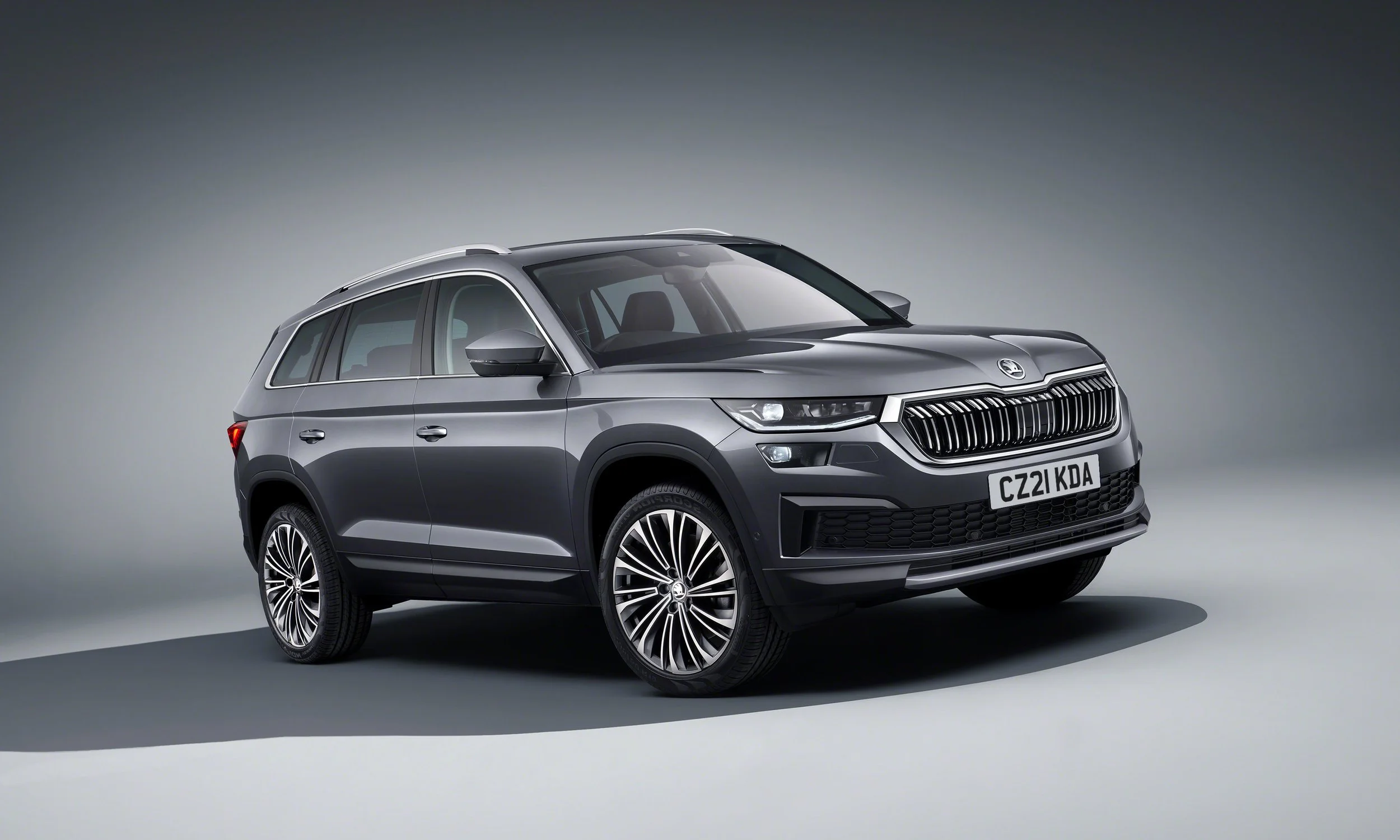Kodiaq update narrows powertrain, fuel type choice
/Diesel has gone, plug-in hybrid won’t figure with impending facelift models.
PETROL will become the sole life blood of the Skoda most important to private buyers for the foreseeable future.
Detail the maker shared in April about a mid-life refresh for the Kodiaq large sports utility will become relevant in New Zealand early next year.
Four versions of the seven-seater are incoming with a new look, additional standard equipment and under-bonnet overhauls, with everything taking a pure petrol pathway from now on.
As previously reported, the model taking the biggest hit is the halo RS. As the image above testifies, the type itself survives. However, it’s had a heart transplant.
The grunty 2.0-litre diesel it presently runs has fallen victim to Europe’s tightening emissions rules.
Replacing that twin turbocharged 176kW/500Nm unit is a single turbo 2.0 TSI petrol, the same engine as in the Octavia RS, which creates 4kW more power but also delivers 130Nm less torque. That’s one hit. Another is that the new flagship delivers a $6000 price increase, taking the sticker to $77,990.
Skoda says the petrol RS is lighter by some 60kg in the nose, which should help its performance and dynamics, despite the torque deficit.
The diesel eked at 7.0 litres per 100km and hit 100kmh from a standing start in seven seconds. The petrol’s economy is unclear – the brand has yet to provide a WLTP-certified figure – but the claimed sprint time to the lgal open road limit is 6.6 seconds.
Another twist for Kodiaq is that it’s not set to adopt the petrol-electric hybrid technology that the distributor has just introduced to its Superb and Octavia ranges here. The whole PHEV thing has turned more interesting still; media in Europe have been recently saying the make intends to abandon plug-in tech completely and instead focus its resources on fully-electric vehicles, starting with the Enyaq whose NZ availability has been signalled though the exact timing – perhaps in 2022, maybe in 2023 - remains uncertain. That medium fully battery-driven crossover will be followed by three more smaller EVs by 2030.
The other Kodiaq variants en route for NZ are the $46,990 Ambition, $61,990 Style and $72,990 Sportline.
The entry car is the only one lacking all-wheel-drive and it takes a turbocharged 1.5-litre TSI petrol engine making 110kW, married to a six-speed DSG auto.
The Style and Ambition run a common 2.0-litre TSI, but making 132kW and 147kW respectively. These also run seven speed DSGs.
For this facelift Skoda has delivered a new, more upright grill, elevated bonnet, revamped front and rear bumpers and a revised headlight design, with LED Matrix items available for the first time.
There are new LED tail lights too, most of the range getting 'dynamic' indicators. A slight restyling of the back bumper has been applied and there's a new gloss black roof spoiler fitted across the range, too. There are also a few new alloy wheel designs to freshen things up, measuring up to 20 inches.
The RS and Sportline looks are broadly similar, the RS getting the same black detailing theme, but has its own design of bumpers, exhaust outlets and 20-inch wheels.
The interior has not undergone much visual change, but there’s more than meets the eye beyond some trim changes and new steering wheels.
Skoda has fitted the updated line with the Volkswagen Group's latest infotainment software and hardware, with a built-in eSIM and 'over the air' updates.
The central touchscreen measures 8.0- or 9.2 inches across the diagonal, there are USB-C ports for device charging and a 10.25-inch digital instrument display (called Virtual Cockpit) can be fitted. The LED ambient lighting has also been extended and the Canton sound system has been upgraded.
Ergonomic seats upholstered in perforated leather are a new option. They can be heated and ventilated, have electrical adjustment and a massage function. 'Eco' seats are offered in the midrange models featuring recycled materials Skoda labels as vegan.
Originally launched in 2016, and reaching NZ the following year, the Kodiaq has sold more than 600,000 units worldwide to date. The machine is offered globally and produced at factories in the Czech Republic (sourcing point for NZ product), China, India and Russia.
Why identify the Kodiaq as the Skoda most favoured by private buyers?
Because the biggest volume model cars the make brings here are two versions of the Superb it doesn’t ‘sell’ via dealerships – these being the police cars that are bespoke to that law and order role.



















